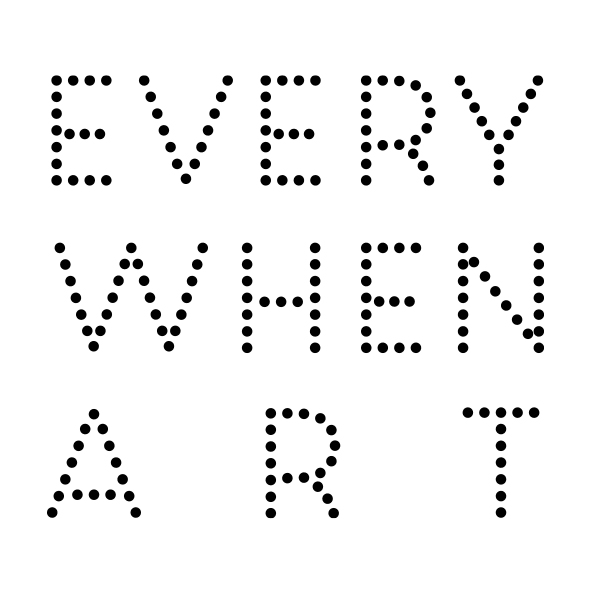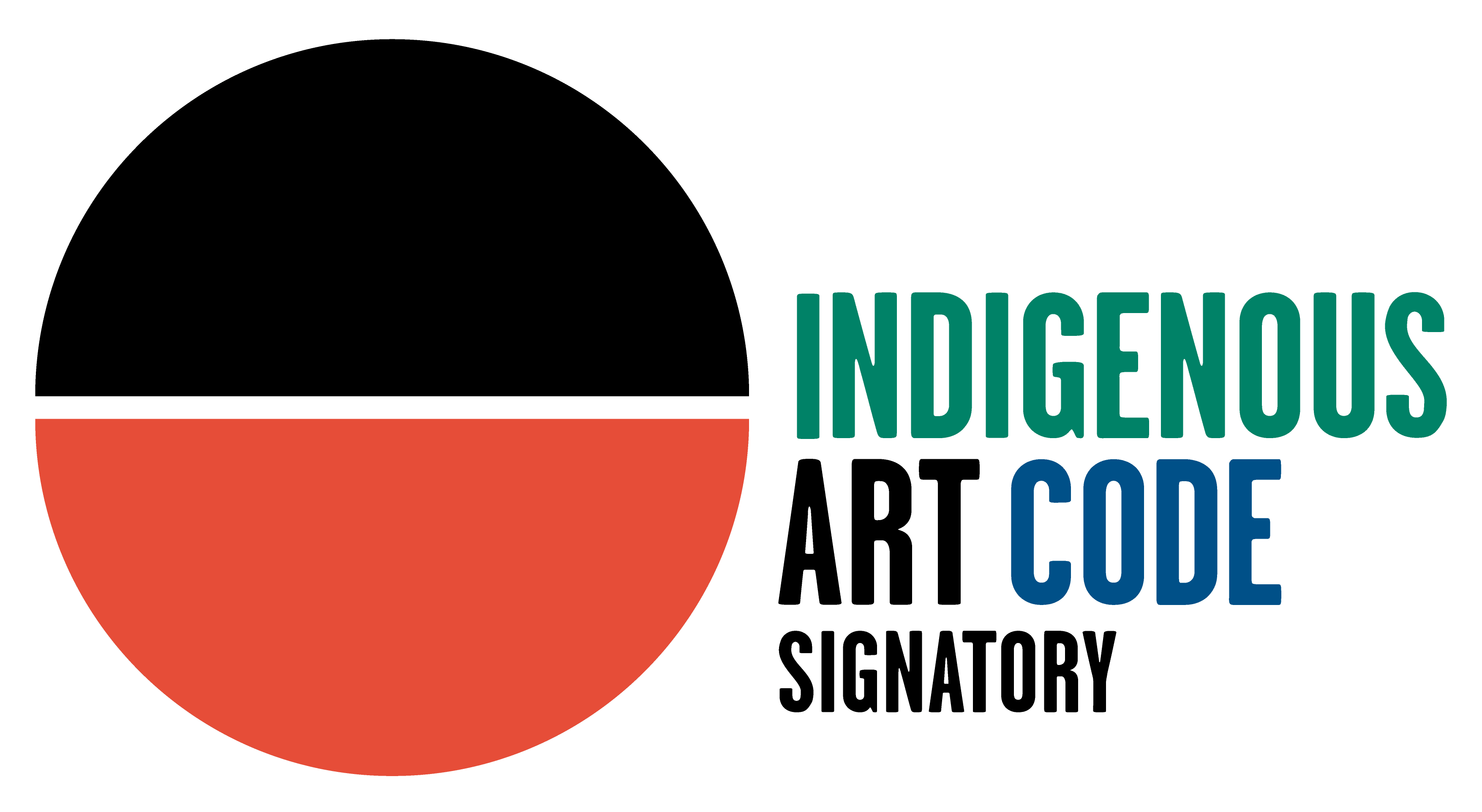Atipalku Intjalki Pitjantjatjara, b. 1955
35 1/8 x 58 5/8 in
For the Pitjantjatjara people living in the desert, knowledge of their water sources was critical to their survival.
This resulted in an intimate understanding of the landscape which continues today. Deep familiarity with the
topography of their country and the way rain would interact with the land ensured constant sources of water
could be found. 'Tjukula' means rock-holes, which are found with surprising frequency in the Musgrave ranges.
Between visits, Anangu (people) would use rocks and spinifex construction to guard these from spoilage by
animals and, particularly in more recent times, from feral and stock animals, cattle, camels, horses and
donkeys.
Born in 1955 Atipalku Intjalki is a respected Pitjantjatjara artist. She was born in the bush, the youngest of three sisters and two brothers. She attended local school and as a young woman joined Ernabella Arts in the last years of Ernabella Mission.
Her earliest works were gouaches on paper of the 'walka' (meaningful mark) designs produced at Ernabella from the 1960s. She later became a batik artist working mainly in silk. She is also a talented ceramicist and was one of the first artists at Ermabella to start painting in acrylic on canvas when that medium commenced around 2005. Her work has
always showed great innovation in both colouration and design.
She has three daughters and a son. Her daughters Langaliki (b.1973), Lynette (b.1979) and Michelle (b. 1983) Lewis are also all talented artists whose work is distinguished by the same level of individuality of ttheir mother's.
Her works are inspired by the natural environment, celebrating various plants and bush foods as they come in to season.
Atipalku participated in the Shift Textile Symposium at Canberra in 1997 and exhibited widely in Canberra during this time. Her work has been exhibited in Poland and London in 1998 and has been featured in numerous exhibitions throughout Australia.


